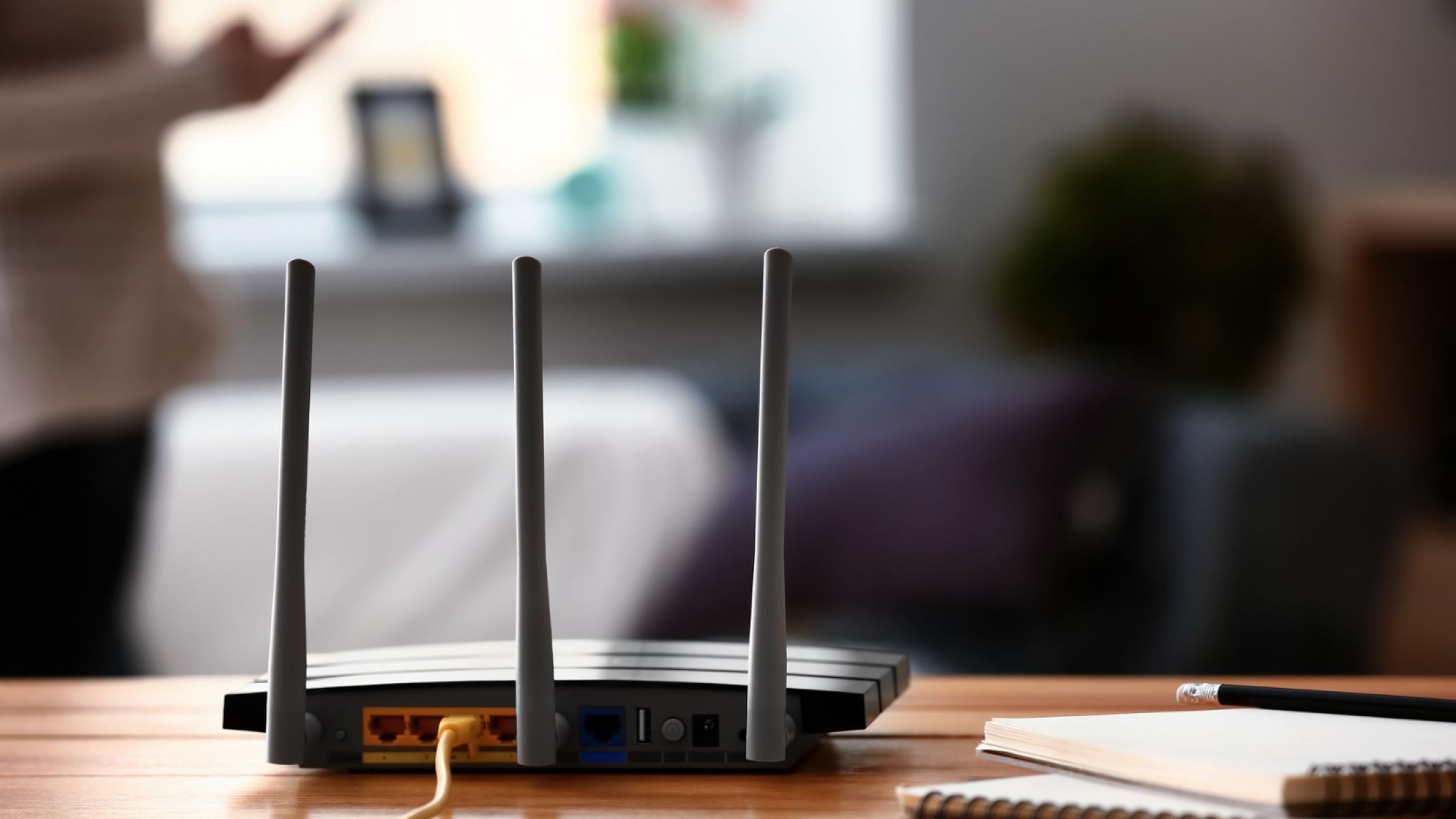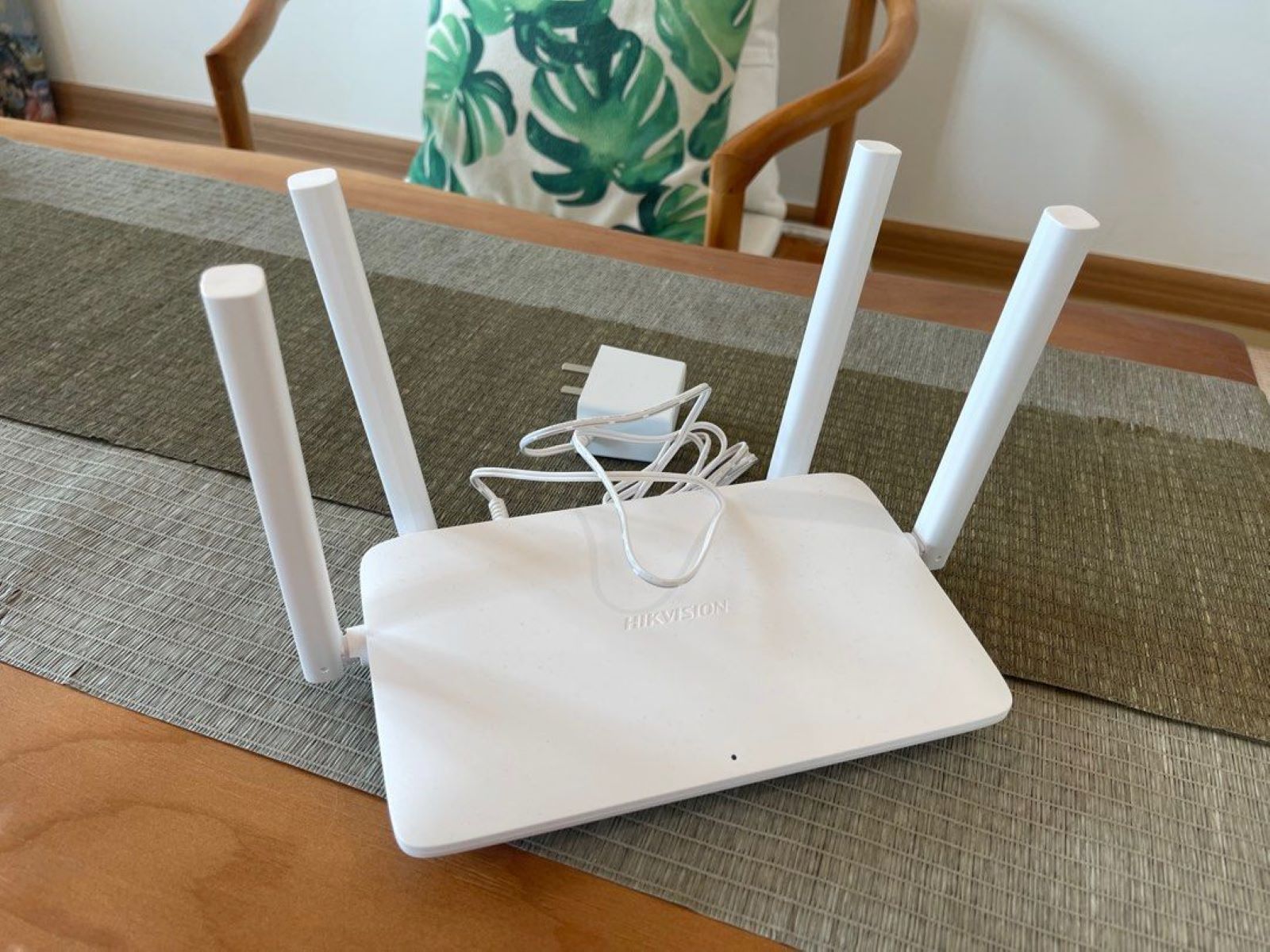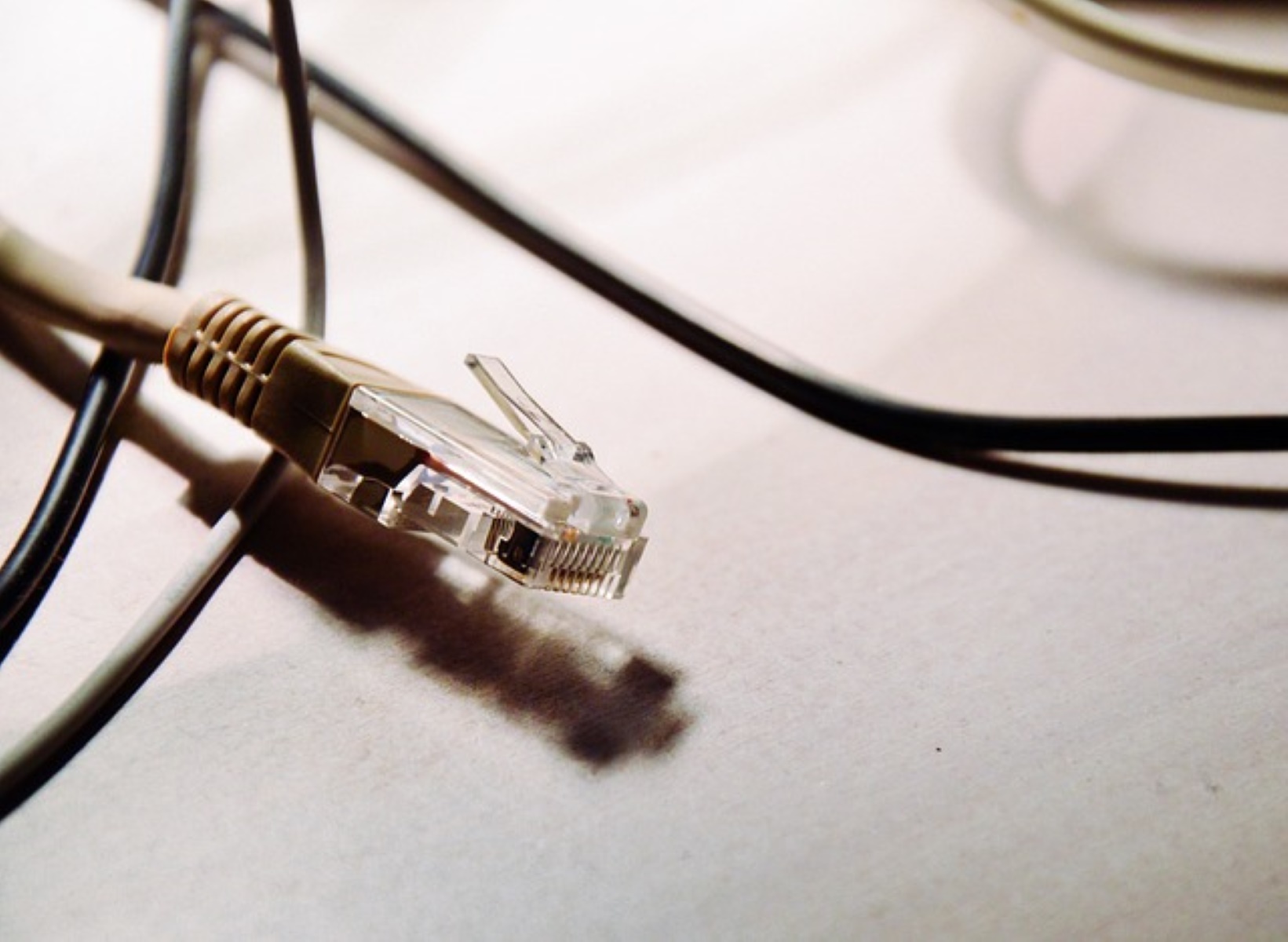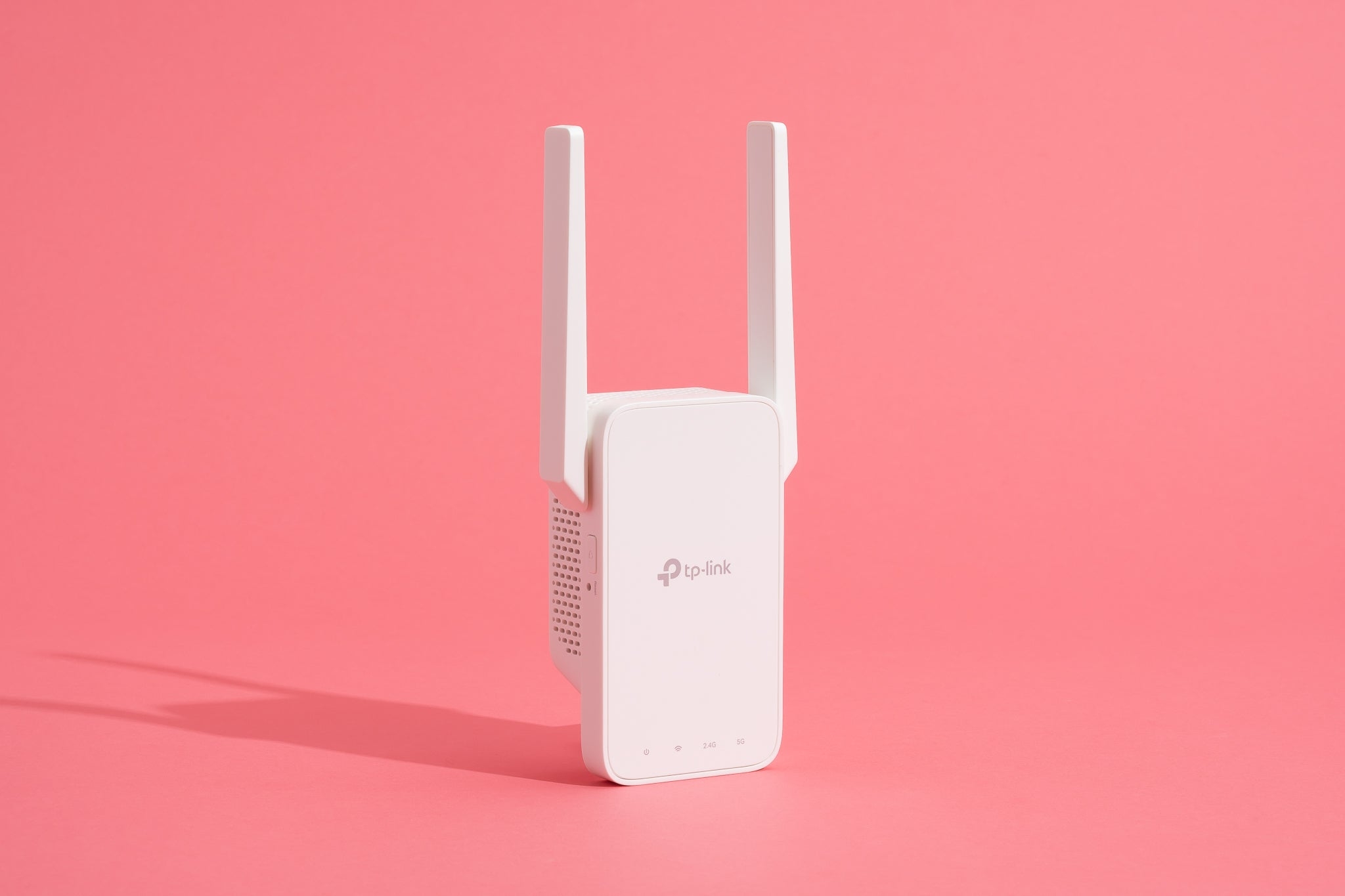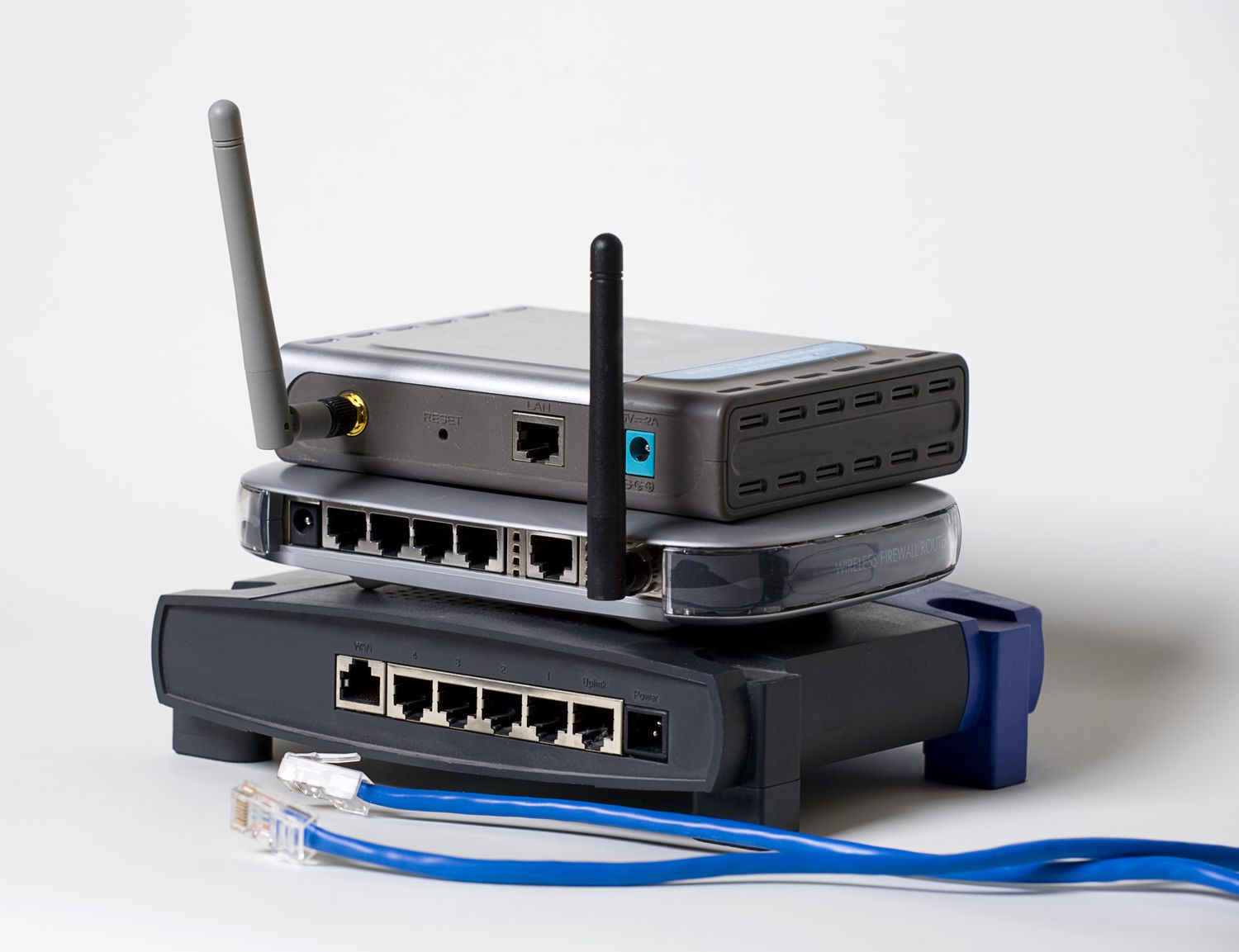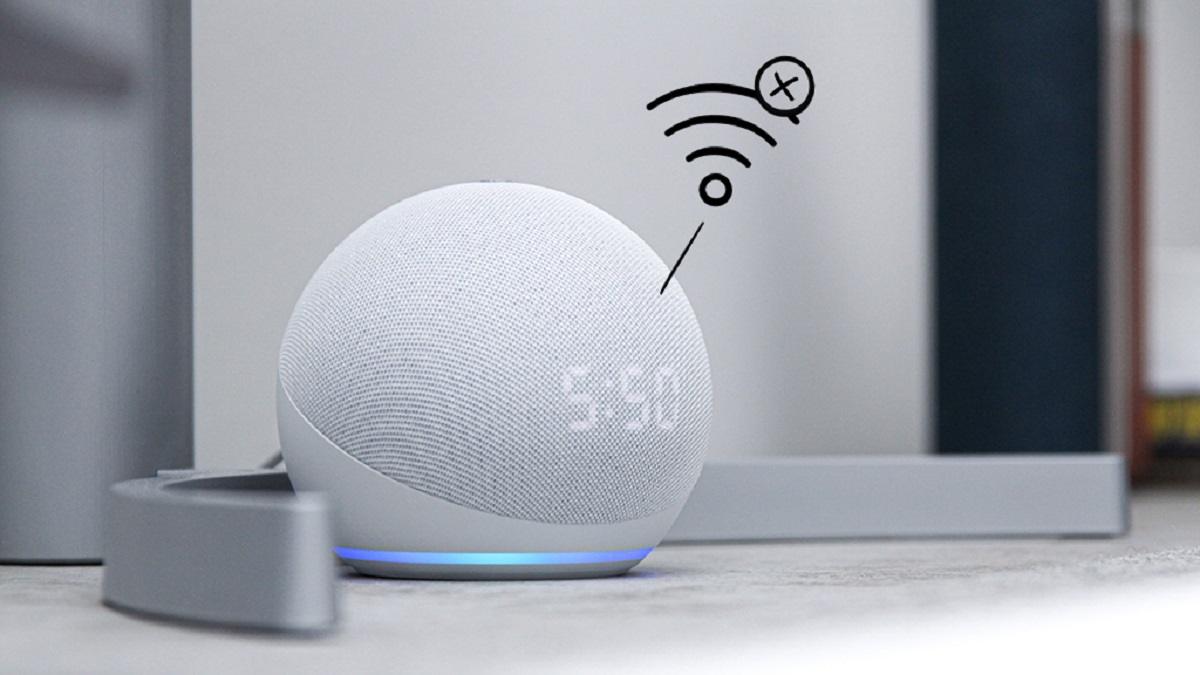Introduction
A router is a device that forms the backbone of any home or office network. It allows multiple devices to connect to the internet and communicate with each other. One of the primary concerns when setting up a router is its range – how far can it transmit and receive wireless signals? Understanding the range of routers is essential to ensure optimal connectivity throughout your space.
Several factors can impact the range of a router, including the type of router, the wireless standards it supports, and environmental factors like walls and interference from other devices. By understanding these factors, you can make informed decisions about router placement and take necessary steps to improve signal strength.
In this article, we will explore the various factors that affect router range, the different types of routers available, and how the range differs indoors versus outdoors. Additionally, we will share tips and tricks to help you improve your router’s range and ensure a smooth internet experience across your home or office.
Factors that Affect Router Range
The range of a router can be influenced by various factors. Understanding these factors can help you optimize your router’s performance and ensure reliable connectivity throughout your space.
1. Router Type: Different types of routers have varying signal strengths and ranges. Basic routers typically have a limited range, while high-end routers often offer greater coverage. It’s crucial to choose a router that fits your specific needs and space requirements.
2. Wireless Standards: The wireless standards supported by your router can impact its range. Old routers that support outdated standards like 802.11b or 802.11g may have a shorter range compared to newer routers that support the latest standards like 802.11n or 802.11ac. Upgrading to a router with a newer wireless standard can significantly improve your range.
3. Physical Obstructions: Walls, floors, furniture, and other physical obstructions can interfere with the router’s signal and reduce its range. Thick walls and multiple floors can pose significant challenges for signal penetration. It’s essential to position your router in a central location with minimal barriers to maximize the coverage area.
4. Interference from Other Devices: Other devices operating in the same frequency range as your router, such as cordless phones, microwave ovens, and baby monitors, can cause interference and impact signal strength. Try to minimize the presence of such devices near your router or switch to a different wireless channel to mitigate the interference.
5. Antenna Placement and Orientation: The position and orientation of your router’s antennas can affect its range. Omni-directional antennas transmit signal in all directions, while directional antennas focus the signal in a specific direction. Experimenting with antenna placement and orientation can help optimize the coverage area.
6. Network Congestion: If multiple devices are connected to the same router, the network can become congested, resulting in slower speeds and reduced range. Limiting the number of devices connected to the router or using techniques like Quality of Service (QoS) can help manage network congestion and improve overall performance.
By considering these factors, you can take proactive measures to optimize your router’s range and ensure seamless connectivity throughout your space.
Types of Routers
Routers come in various types, each with its own features and capabilities. Understanding the different types can help you choose the right router for your specific needs and requirements.
1. Single-Band Routers: These routers operate on the 2.4 GHz frequency band and offer basic connectivity. They are typically more affordable and suitable for small spaces with minimal interference. However, their range is limited, and they may struggle to handle multiple devices simultaneously.
2. Dual-Band Routers: Dual-band routers operate on both the 2.4 GHz and 5 GHz frequency bands. They provide better performance and range compared to single-band routers. The 2.4 GHz band offers better coverage but can be more susceptible to interference, while the 5 GHz band provides faster speeds but has a shorter range.
3. Tri-Band Routers: Tri-band routers are similar to dual-band routers but with an additional 5 GHz radio. This extra band helps to mitigate congestion when multiple devices are connected, resulting in improved speeds and performance. Tri-band routers are ideal for larger homes or offices with numerous devices.
4. Mesh Routers: Mesh routers are designed to provide seamless Wi-Fi coverage throughout large spaces. They consist of a main router and multiple satellite nodes, which work together to create a unified network. Mesh routers eliminate dead spots and ensure a consistent signal strength across the entire coverage area.
5. Gaming Routers: Gaming routers are optimized for online gaming, offering features such as low latency, prioritized traffic, and advanced Quality of Service (QoS) settings. These routers are designed to minimize lag and provide a stable connection for a smooth gaming experience.
6. Enterprise-Grade Routers: Enterprise-grade routers are built for larger organizations and businesses. They offer advanced features such as high-speed connections, robust security, and extensive management capabilities. These routers are designed to handle heavy network traffic and provide reliable connectivity for a large number of devices.
When choosing a router, consider your specific needs, space requirements, and budget. It’s important to select a router that aligns with your usage scenario and offers the necessary features and capabilities to ensure optimal performance.
Understanding Wireless Standards
Wireless standards play a crucial role in determining the speed, range, and overall performance of your router. It’s essential to have a basic understanding of these standards to make informed decisions when choosing a router.
1. 802.11b: This was the first widely adopted wireless standard, offering a maximum data transfer rate of 11 Mbps. However, it operates on the crowded 2.4 GHz frequency band, which can result in interference and limited range. It is an outdated standard and is rarely used today.
2. 802.11g: The 802.11g standard improved on its predecessor, providing a maximum data transfer rate of 54 Mbps. It operates on the same 2.4 GHz band as 802.11b, making it prone to interference and limited range. While still in use, it has been surpassed by newer standards.
3. 802.11n: The 802.11n standard is one of the most widely adopted standards today. It operates on both the 2.4 GHz and 5 GHz frequency bands, offering improved range, data transfer rates of up to 600 Mbps, and better resistance to interference. It provides a more stable and reliable connection compared to older standards.
4. 802.11ac: The 802.11ac standard introduced significant improvements in speed and performance. It operates exclusively on the 5 GHz band and offers higher data transfer rates, reaching up to 1 Gbps or more. It provides better range and is backward compatible with devices that support earlier standards.
5. 802.11ax (Wi-Fi 6): The latest wireless standard, 802.11ax, also known as Wi-Fi 6, is designed to handle the growing number of connected devices and bandwidth-intensive applications. It provides faster speeds, better range, reduced latency, and improved efficiency compared to previous standards. It operates on both the 2.4 GHz and 5 GHz bands and offers backward compatibility with older devices.
When selecting a router, it’s advisable to choose one that supports the latest wireless standard available (at least 802.11ac or Wi-Fi 6) to ensure better performance, improved range, and compatibility with future devices.
How Far Can a Router Reach Indoors?
The range of a router indoors can vary depending on several factors, including the type of router, the wireless standard it supports, and the physical environment. While it’s challenging to give an exact range, we can provide a general idea of what you can expect.
In an ideal scenario, a router can cover a distance of around 100 to 150 feet indoors. However, this range can be significantly reduced by physical obstructions such as walls, floors, furniture, and other obstacles. Thick walls made of concrete or brick can particularly hinder signal penetration and reduce the range.
Single-band routers operating on the 2.4 GHz frequency band typically have a range of about 75 to 100 feet indoors. Dual-band routers, which operate on both the 2.4 GHz and 5 GHz bands, may offer a slightly better range of around 100 to 150 feet indoors. However, it’s important to note that the 5 GHz band has a shorter range but provides faster speeds and better resistance to interference.
Factors such as signal strength, antenna placement, and the presence of interference from other devices can also affect the router’s range. It’s recommended to position the router in a central location, away from physical obstructions and other electronic devices that might interfere with the signal.
If your space is larger or has multiple floors, a single router might not provide sufficient coverage. In such cases, you can consider using additional access points or a mesh network to extend the range and ensure a consistent Wi-Fi signal throughout your premises.
Keep in mind that actual range may vary based on your specific circumstances and the quality of the router. It’s always advisable to test the signal strength in different areas of your space to determine the limitations and make necessary adjustments to improve coverage.
How Far Can a Router Reach Outdoors?
The range of a router outdoors can be significantly greater compared to indoors due to the absence of physical barriers. However, various factors still affect the router’s reach in an outdoor environment.
In an open area with no obstructions, a router can transmit signals over a distance of around 500 to 1000 feet outdoors. This range can be influenced by the type of router, wireless standard, antenna placement, and environmental conditions.
Single-band routers operating on the 2.4 GHz frequency band generally have a longer outdoor range than indoors. They can provide coverage of approximately 300 to 500 feet. Dual-band routers that operate on both the 2.4 GHz and 5 GHz bands may extend the range outdoors to around 500 to 700 feet.
It’s important to note that the range can be further impacted by environmental factors such as terrain, vegetation, weather conditions, and interference from neighboring networks. For example, dense trees and foliage can weaken the signal, and heavy rain or extreme weather conditions can reduce the range.
Antenna placement also plays a crucial role in outdoor range. Positioning the router’s external antennas in a vertical orientation and away from the ground can enhance signal propagation and extend the reach of the Wi-Fi network. Additionally, using directional antennas can help focus the signal in a desired direction, increasing the range in that specific area.
While the outdoor range of a router is generally greater than indoors, it’s important to keep in mind that the actual range may vary depending on the specific factors mentioned above. It’s recommended to conduct proper testing and optimize the router’s placement and configuration to maximize coverage and ensure reliable connectivity in outdoor areas.
Tips to Improve Router Range
If you’re experiencing weak Wi-Fi signals or dead spots in your home or office, there are several tips and tricks you can try to improve your router’s range. Here are some effective techniques:
1. Position the Router Strategically: Place your router in a central location, preferably elevated and away from physical obstructions. This helps to ensure optimal signal coverage across your space.
2. Upgrade Your Router: Consider upgrading to a more powerful router with better range and support for the latest wireless standards like 802.11n, 802.11ac, or Wi-Fi 6 (802.11ax).
3. Adjust Antenna Orientation: If your router has external antennas, experiment with different orientations to find the one that provides the best signal strength. Positioning them vertically is generally recommended.
4. Reduce Wireless Interference: Move your router away from devices that can cause interference, such as microwave ovens, cordless phones, baby monitors, and other electronics. Switching to a less crowded wireless channel can also help minimize interference.
5. Extend Your Network with Repeaters or Access Points: Use wireless repeaters or access points to extend your network’s coverage. These devices can amplify the signal and help eliminate dead spots in your home or office.
6. Utilize Powerline Adapters: Powerline adapters allow you to extend your network using your existing electrical wiring. They can be a convenient solution for areas where Wi-Fi signals are weak or unreliable.
7. Enable Quality of Service (QoS): Set up QoS on your router to prioritize bandwidth for specific devices or applications. This can help ensure that devices requiring high-speed connections, such as video streaming or gaming, receive sufficient bandwidth for optimal performance.
8. Update Firmware: Regularly check for firmware updates for your router and install them as they often include performance improvements and bug fixes that can enhance range and stability.
9. Consider Using Mesh Wi-Fi Systems: Mesh Wi-Fi systems consist of a router and multiple satellite nodes, providing seamless coverage throughout your home or office. They eliminate dead spots and intelligently manage your network for optimal performance.
10. Optimize Network Settings: Adjusting settings like the channel width, transmission power, and encryption type can improve your router’s range and stability. Refer to your router’s user manual or web interface for the appropriate settings.
By implementing these tips, you can boost your router’s range and ensure better Wi-Fi coverage throughout your space, leading to a more reliable and enjoyable internet experience.
Conclusion
Understanding the factors that affect router range and implementing strategies to improve it is essential for ensuring optimal connectivity and a seamless internet experience. Factors such as router type, wireless standards, physical obstructions, interference, antenna placement, and network congestion can all impact the range of a router.
When setting up your router, consider the specific needs of your space and choose a router that suits those requirements. Upgrade to a router that supports the latest wireless standards, such as 802.11ac or Wi-Fi 6, to maximize speed and range. Strategically position your router and adjust antenna orientation to achieve the best possible signal coverage.
Reduce interference from other devices, and consider using repeaters, access points, or mesh Wi-Fi systems to extend coverage in areas with weak signals. Don’t forget to optimize your network settings and stay up to date with firmware updates for your router.
Improving router range can greatly enhance your Wi-Fi experience, allowing you to enjoy fast and reliable connectivity throughout your home or office. By implementing these tips and techniques, you can ensure seamless browsing, streaming, gaming, and communication across all your devices.
Remember that the range of a router can vary based on different factors, and it’s important to test signal strength in various areas to identify any limitations and make necessary adjustments. With a well-optimized router and network, you can stay connected and enjoy the benefits of a strong and stable internet connection.







